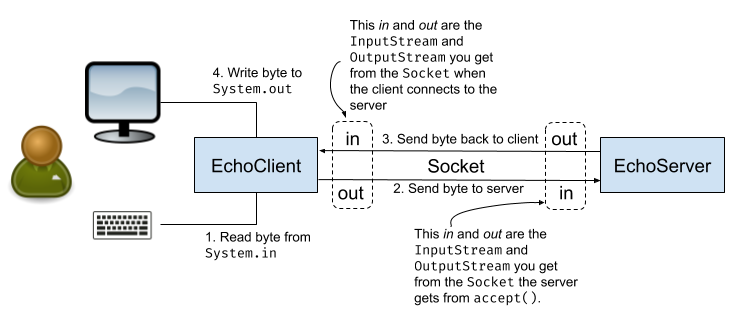I think this is a great idea, and something that I think @kklamberty have talked about doing but never actually done. I drew some similar diagrams for some Systems: Practicum labs such as this one:

(This has black lines on a transparent background, so it won't make any sense if you're using night mode.)
Your diagram shows the version "inside" the server side of things. My diagram shows the interaction between a client and a server (but for a different system). There's arguably another diagram that would show how information flows through the Angular client.
I really like your diagram. The one thing I'm not 100% sure about is the return from the controller to the client. I think it might be more accurate to have pass through the server. The controller updates the context, and then the Javalin server code takes that and translates it into an actual HTTP response, which is what is sent back.
So some follow-up questions:
- Should we create three diagrams ("inside" Angular, "inside" the server, and a "big picture" diagram that focuses on the HTTP/network communication? Or is that too many? Should we try to make a single big diagram instead? I worry that a single diagram would be awfully large and complicated. Separate diagrams could then be shared in parts across the various labs.
- How should we draw them? Hand drawn like you've done (nicely)? With Google Docs like I did for the Practicum labs? Something like Excalidraw to sort of split the difference? GDocs has the advantage of making it easier for us to collaborate on them.
- Who wants to draw the diagrams? I'm more than happy to have someone else draft them to start with.
When I took this class, I remember struggling to understand how these parts of the program interacted. I knew vaguely that the client communicated with the server and the server had something to do with controllers and something somehow communicated with the database. This knowledge was filled in with particular details on an ad hoc basis (e.g. I would ask a question about http requests and learn some cool details) but I struggled to get an overall picture. If my experience is generalizable at all, then I think giving students a diagram that represents very broadly what's going on between these parts would be helpful. I'll attach a rough sketch of what I'm imagining and if you all it's something you all think is worth working more on, I can do a cleaner, more detailed version. Also, if my rough draft is incorrect or misleading in any way please let me know.